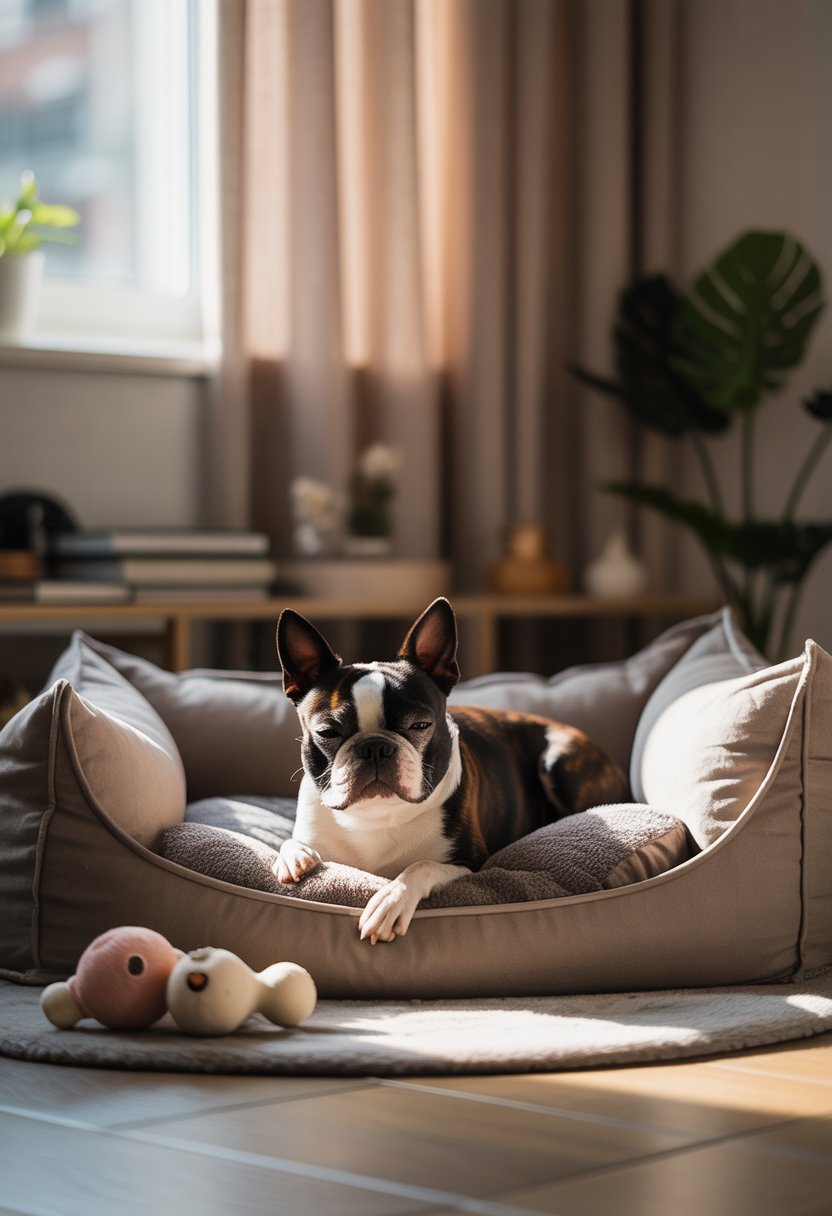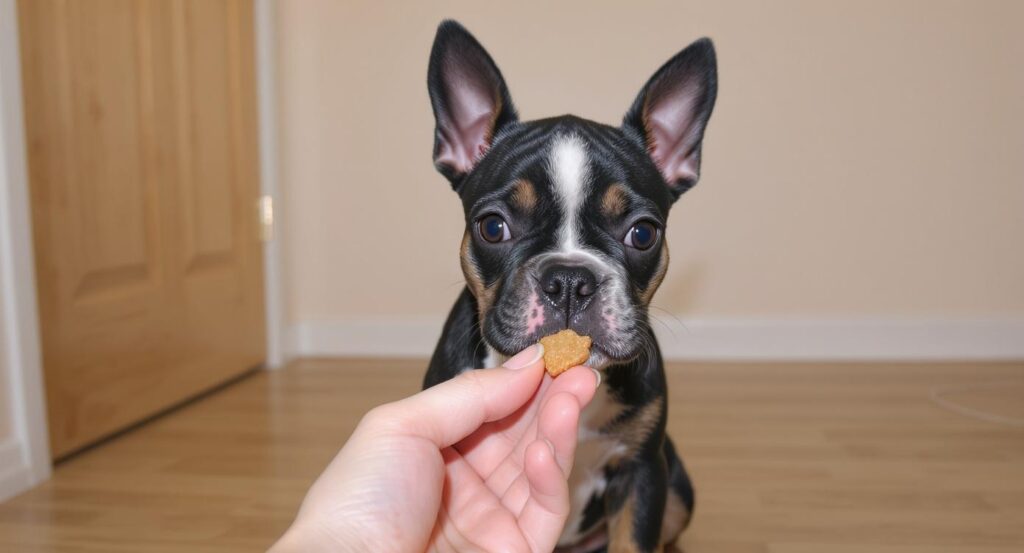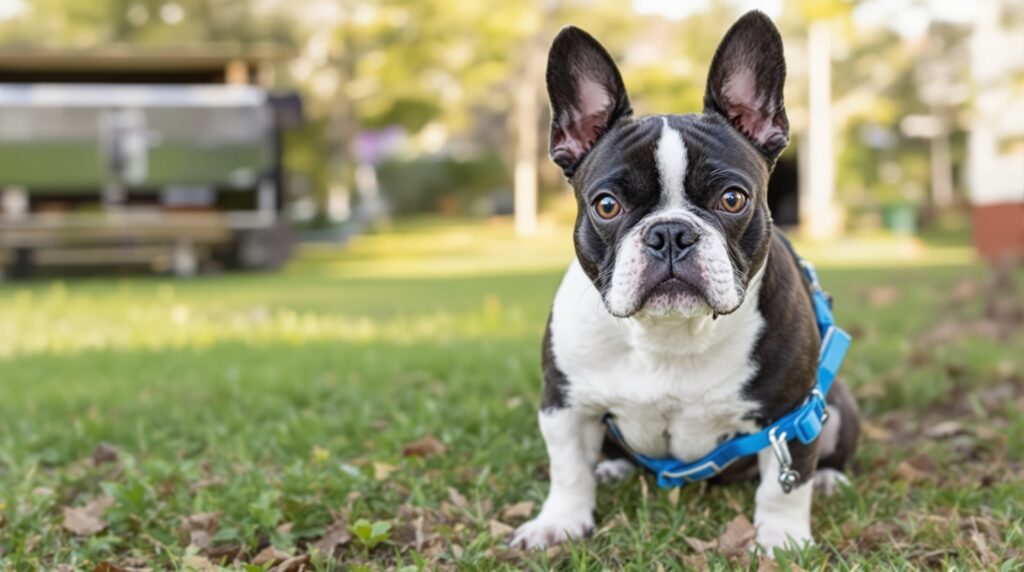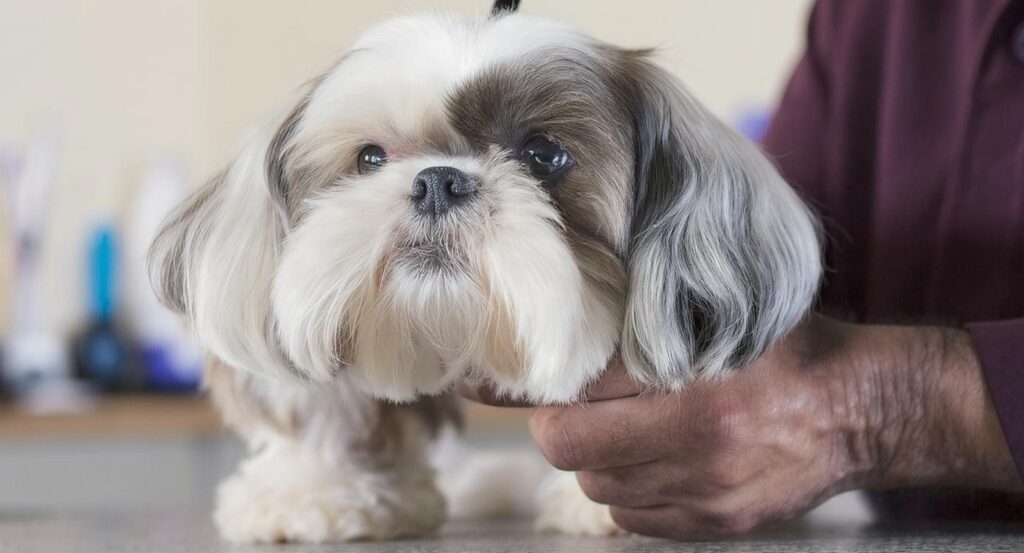Boston Terriers are bursting with energy, and sometimes that excitement just gets to be a lot. Maybe you’ve seen the constant jumping, wild zoomies around the house, or those nights when they just can’t settle down.
Helping your Boston Terrier stay calm really comes down to consistency in your daily routine and training.
With a steady approach, you can channel all that playful energy in a better direction. Simple habits—like regular routines, clear commands, and calm communication—actually make a big difference.
When you stay consistent, you give your Boston Terrier the structure they need to relax and feel safe.
Set a daily exercise routine to burn off excess energy
Boston Terriers have tons of energy, so a set routine really helps. Give your dog regular exercise at the same times each day—they’ll start to know what’s coming and settle down more easily.
Aim for at least one solid walk every day. A brisk walk or a short jog helps your dog burn off extra energy and makes things calmer at home.
Mix in playtime like fetch or tug-of-war. These short bursts keep your dog busy and stave off boredom.
Don’t forget mental exercise. Puzzle toys, training games, or just letting your dog sniff around outside can work wonders.
Stick to the same schedule as much as you can. That sense of routine helps your Boston Terrier feel more secure.
Use consistent commands like ‘sit’ and ‘stay’ every time
When your Boston gets too wound up, clear and steady commands help keep things in check. Using the same words every time makes it so much easier for your dog to catch on.
If you say “sit” one day and “sit down” the next, your dog might just stare at you. Stick with one version so your pup learns faster.
“Sit” and “stay” come in handy when your dog’s bouncing all over the place. Use a calm, steady voice with these commands to help them focus.
Make sure everyone in your house uses the same words. If one person says “off” and another says “down,” your Boston Terrier won’t know what to do.
Practice these commands in short, simple sessions. Add treats or praise when your dog gets it right so they connect the word with good stuff.
Reward calm behavior immediately with treats or praise
When your Boston Terrier finally chills out, you want to catch that moment right away. Give a small treat, some gentle praise, or even a quick pet to show your dog that calm behavior is what you want.
Timing really matters. Don’t wait, or your pup might not make the connection between being calm and getting a reward.
You don’t need to go overboard. A tiny treat, a cheerful “good job,” or a favorite toy is enough. Mixing up the reward keeps things interesting and stops your dog from expecting the same thing every time.
If your pup’s too excited, just wait until they relax before giving attention. That way, they figure out that calmness—not jumping or barking—gets them what they want.
Ignore jumping to avoid reinforcing hyperactivity
When your Boston Terrier jumps up, they’re usually after your attention. If you react—even with a “no”—you’re still giving them what they want, and that can make jumping worse.
Stay calm and avoid eye contact when they jump. Just turn your body a little or step back so you don’t reward the behavior.
Wait for your Boston to have all four paws on the ground before you interact. Once they’re calm, give a treat, a pet, or a simple “good job.”
Stick with the same response every time. If you sometimes let them jump and sometimes don’t, they’ll just get confused.
Create a quiet space where your Boston can relax

Your Boston Terrier needs a spot to get away from noise and activity. A quiet area helps them settle down when things get too exciting.
Set up a cozy corner with their bed, a soft blanket, and a couple of favorite toys. Pick a low-traffic part of your home so they can feel safe.
Try to keep this space consistent. If your Boston always knows where to go, they’ll start using it to calm themselves.
Avoid putting their spot near loud TVs, busy hallways, or doors that open a lot. A calm environment makes it easier for your dog to relax.
Think of it as their personal retreat. When you give them a reliable place to rest, you help them handle their energy and stress better.
Keep training sessions short but frequent
Boston Terriers have a lot of energy, but that doesn’t mean marathon training sessions work. Short lessons keep your dog focused and prevent boredom or distraction.
Aim for just 5 to 10 minutes at a time. You can squeeze in a few of these mini sessions throughout the day.
Spreading them out helps your dog practice without feeling overwhelmed. Plus, you get more chances to reinforce good behavior.
Short sessions make it easier for you to stay patient and consistent. Ending on a positive note leaves your dog wanting more.
Mix in playtime or breaks between sessions. That keeps training fun and helps your Boston Terrier connect learning with positive experiences.
Use a calm tone of voice to communicate clearly
Your dog listens to how you sound, not just what you say. If your voice is loud or sharp, your Boston Terrier might get more excited instead of calming down.
A steady, calm tone helps your dog understand it’s time to relax. When you give a command, keep your voice firm but gentle.
That shows confidence without adding extra energy to the situation. Your dog will start to connect your calm sound with the behavior you want.
Try not to raise your pitch too much when you talk. High-pitched voices can sound playful or exciting to your dog, which might just encourage more jumping or barking.
A lower, even tone sends a clearer message. Use the same calm voice during training, play, and everyday routines.
The more consistent you are, the easier it gets for your Boston Terrier to recognize and follow your cues.
Understanding Boston Terrier Excitability
Boston Terriers often have bursts of energy that can feel like a lot. Their playful nature, strong bond with people, and sensitivity to the world around them all play a part in how they react.
Knowing what sets them off helps you manage their behavior more easily.
Why Boston Terriers Get Overly Excited
Boston Terriers are famously social and people-focused. They love attention, so they’ll often get really excited when you interact with them.
This might look like jumping, spinning, or barking the second you walk through the door. Their small size and high energy mean they can burn through energy quickly, but it also means they get restless if they don’t have enough to do.
A lack of exercise or mental challenges can lead to those extra bursts of energy at home. Another thing: they’re super sensitive.
Boston Terriers pick up on your emotions and mirror them. If you’re excited, they’re probably going to get excited too.
Common Triggers for Excitement
Certain situations tend to get Boston Terriers revved up. Some of the most common include:
- Greeting people: They’ll often jump or bark when family or guests show up.
- Playtime: Toys, games, or other pets can send their energy sky-high.
- Walks and outings: Just seeing the leash or the car can make them restless.
- Changes in routine: Even little shifts, like a late dinner or bedtime, can set them off.
You might also notice that loud noises or busy places ramp up their reactions. They’re alert and curious, so new sights and sounds get them going.
Recognizing these triggers helps you get ahead of the excitement and guide your dog toward calmer behavior.
Building a Consistent Routine
Your Boston Terrier feels more relaxed when daily life follows a predictable flow. Clear schedules and steady training habits help reduce stress and give your dog a sense of security.
Daily Schedules That Support Calm Behavior
Boston Terriers do best when you keep their day structured. Feeding, walks, play, and rest should happen at about the same times.
This helps your dog know what to expect. It also cuts down on those wild bursts of energy.
Aim for 30–60 minutes of exercise each day. Try breaking it up into two or three walks instead of one long session.
Short playtimes indoors, like fetch or tug, help keep your dog engaged. It doesn’t have to be complicated—just a few minutes here and there.
Here’s a simple example of a balanced routine:
| Time of Day | Activity | Purpose |
|---|---|---|
| Morning | Walk + Breakfast | Burn energy, start calm |
| Midday | Short play or potty | Mental break, light exercise |
| Evening | Walk + Dinner | Release energy, settle down |
| Night | Quiet time + Bedtime | Signal rest and routine |
Try to stick to this pattern as much as you can. Even small changes, like pushing back a walk, can leave your dog feeling restless.
The Role of Positive Reinforcement
Consistency isn’t just about timing—it’s about how you react to your dog’s behavior. Boston Terriers really pick things up when you reward the actions you want, not when you scold their mistakes.
Try using treats, praise, or a quick play session right after your dog does something calm. Say your pup sits quietly before a walk—give them a reward for that instead of focusing on the jumping.
This way, your dog learns that calm actions lead to good stuff. Keep rewards simple, and don’t switch up your approach too much.
If you sometimes ignore behavior and other times reward it, your dog will probably get confused. Training sessions work best when they’re short—just 5 to 10 minutes.
Wrap things up on a positive note, even if progress is slow. That way, your dog feels good about learning, and you both end up in a better spot next time.



